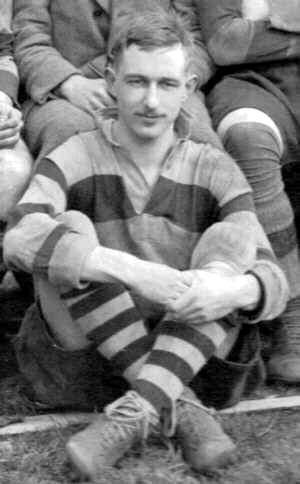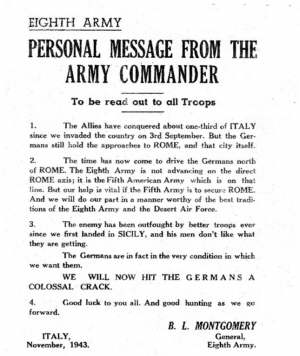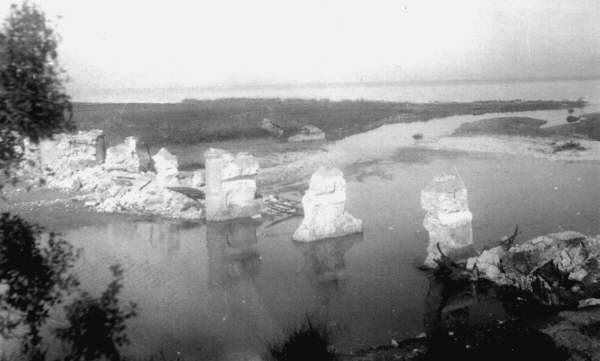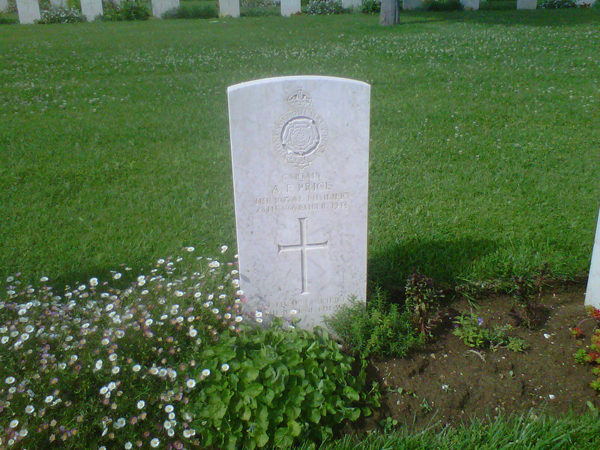 |
Clifton Rugby Football Club History |
|
|||||
|
Anthony Frederick Price |
|||||||
ADVERTISE ON THIS WEBSITE |
Home Founders Benefactors Famous Players Famous Matches Grounds War Memorial In Print Statistics Other Sports Info B In Memoriam |
1860s 1870s 1880s 1890s 1900s 1910s 1920s 1930s 1940s 1950s 1960s 1970s 1980s 1990s 2000s B List of Club Members 1872-1945 B Club Statistics 1872-2011 |
![]()
Captain Anthony Frederick Price - Royal Fusileers (City of London Reg.) Service Number 129422 Killed on 28/11/43 Buried in Sangro River War Cemetery, Italy (same as Llewellyn Campion Wood, also of the same Regiment killed on the day after.) Grave Ref. X1.E.34 Next of Kin: Stephen Alfred and Lillian Maud Price, of Westbury-on-Trym, Gloucestershire.

Above the Sangro River War Cemetry

Above Tony Price from the 1931-32 Clifton 2nd XV.
Two months after invading Italy the Canadian and British forces of General Bernard Montgomery's Eighth Army were south of the Sangro River, the edge of the Germans' heavily defended Bernhard Line.
Montgomery planned a two pronged advance which would bring his troops up the coast to Pescara, then swing west to cut across the Italian peninsula and reach Rome.
One of the objectives just south of Pescara was Ortona, a coastal town which had both a port and a railway marshalling yard. Capture of the port would facilitate landing supplies for Montgomery's troops as they moved forward. This point also occurred to the Germans, who quickly brought in engineers to ruin the harbour facility, denying the use of the port to the Allies.
The first stage of Montgomery's offensive was to cross the Sangro River, some four hundred metres wide. The attack went in on November 28, and was a success. Formations of British, New Zealand, and Indian troops were able to get bridges across the river and seize the opposite banks after tough fighting. Over the next few days they drove the Germans back about eight miles to the Moro River - about five miles south of Ortona. There the fighting petered out, the front line formations of both sides worn down.

In leaflets distributed to his Eighth Army troops before and after the Sangro River crossing Montgomery exulted over hitting the enemy "a colossal crack".
They had indeed cracked the perimeter of the Bernhard Line. But as the Canadians were about to discover, the Germans were far from finished.

Above map from Field Marshall Montgomery's book "El Alamein to the River Sangro" showing the Battle of the Sangro River.
During the first days of December, 1st Canadian Infantry Division moved up from the Campobasso area, crossed the Sangro River and went forward to replace the British troops facing the enemy along the Moro River.

Above Sangro River, November 1943

Above the grave of Tony Price. Image courtesy of Frank Deplanta